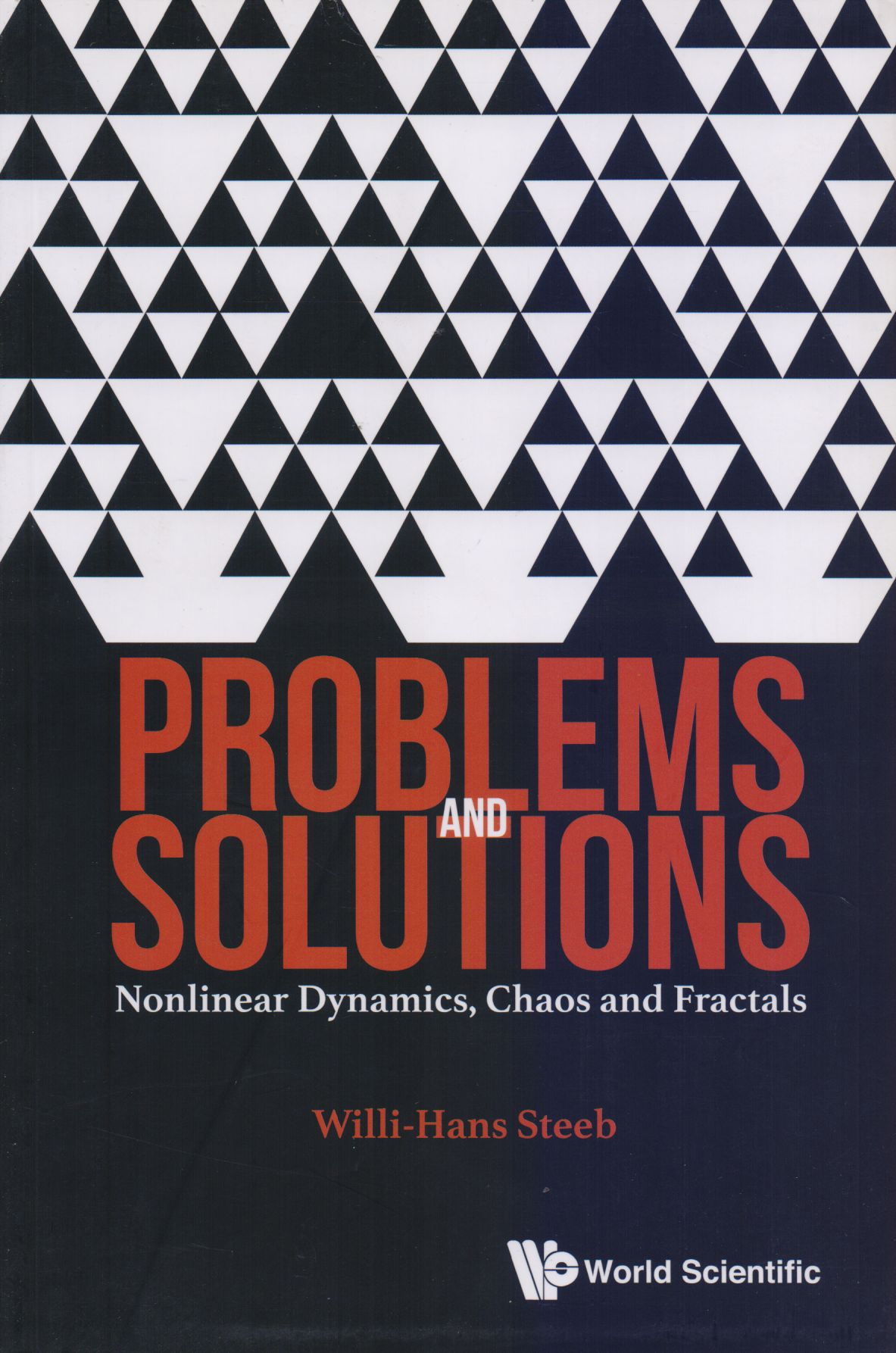Libros relacionados
 |
Génesis de la Desorientación Moderna: una Aproximacióm a la Relación Histórica E Talancón E. , José Luis Universidad Nacional Autonoma de Mexico |
 |
<<planos Geognósticos de los Alpes, la Suiza y el Tirol>> Los: de Carlos de Gimb Parra del Río, María Dolores Doce Calles |


|
Título: Evolutionary Synthesis Of Pattern Recognition Systems | |
| Autor: Bhanau, Bir; Lin, Yingqiang; Krawiec, Krzysztof | Precio: $1798.00 | |
| Editorial: Springer Science+business Media Inc. | Año: 2010 | |
| Tema: Diseño, Ciencia, Sistemas | Edición: 1ª | |
| Sinopsis | ISBN: 9781441919434 | |
| Designing object detection and recognition systems that work in the real world is a challenging task due to various factors including the high complexity of the systems, the dynamically changing environment of the real world and factors such as occlusion, clutter, articulation, and various noise contributions that make the extraction of reliable features quite difficult.
Evolutionary Synthesis of Pattern Recognition Systems presents novel effective approaches based on evolutionary computational techniques, such as genetic programming (GP), linear genetic programming (LGP), coevolutionary genetic programming (CGP) and genetic algorithms (GA) to automate the synthesis and analysis of object detection and recognition systems. The book's concepts, principles, and methodologies will enable readers to automatically build robust and flexible systems_in a systematic manner_that can provide human-competitive performance and reduce the cost of designing and maintaining these systems. Its content covers all key aspects of object recognition: object detection, feature selection, feature discovery, object recognition, domain knowledge. Basic knowledge of programming and data structures, and some calculus, is presupposed. Topics and Features: *Presents integrated coverage of object detection/recognition systems *Describes how new system features can be generated "on the fly," and how systems can be made flexible and applied to a variety of objects and images *Demonstrates how object detection and recognition systems can be automatically designed and maintained in a relatively inexpensive way *Explains automatic synthesis and creation of programs (which saves valuable human and economic resources) *Focuses on results using real-world imagery, thereby concretizing the book's novel ideas This accessible monograph provides the computational foundation for evolutionary synthesis involving pattern recognition and is an ideal overview of the latest concepts and technologies. Computer scientists, researchers, and electrical and computer engineers will find the book a comprehensive resource, and it can serve equally well as a text/reference for advanced students and professional self-study. |
||
Librería Bonilla SA de CV © Todos los derechos reservados. 2019
Última actualización: Jul 2019







